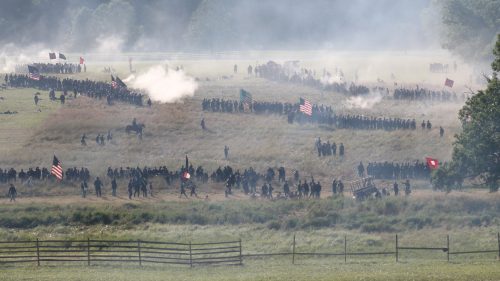Traffic Planning & Engineering
Traffic planning and engineering involves improving safety and operations on the transportation system. This is accomplished by conducting traffic studies, capacity analysis, bicycle and pedestrian studies, travel demand forecasting, design of traffic control devices and intelligent transportation systems, and traffic data collection.
We meet the needs of our clients by developing efficient and innovative solutions to resolve transportation traffic engineering issues. For instance, freeway and arterial congestion management solutions may incorporate transportation management and operations (TSMO) systems strategies to make more efficient use of existing facilities and provide for practical design to meet client objectives. On urban roadways, we take a systematic approach to create a safer network.
At JMT, we have a staff of professionals that have performed studies and designed projects throughout the U.S. for federal, state, and local governments. At the forefront is our goal to make for a safer environment for all users (vehicles, pedestrians, bicycles, and scooters). While we work to improve conditions today, we are tied into the future with the implementation of connected and automated vehicles.
Related Services
Travel Demand Forecasting
JMT has performed travel demand forecasting for more than 30 years, through both regional travel demand models and the manual four-step process. Sample assignments include: transportation plans; individual project forecasts for corridors involving transit, express toll and HOV lanes; and environmental assessments for air and noise analysis.
Traffic Analysis Modeling
Existing and projected traffic volumes are analyzed to determine the adequacy of existing operations and to evaluate if proposed improvements resolve deficiencies. Various analysis packages, including VISSIM, CORSIM, SIDRA Intersection, SYNCHRO, and Highway Capacity Manual Software, are utilized in the analysis and can range from signal timing to evaluating future improvements. Travel time and speed data are used to validate the models.
Traffic Data Collection
Traffic data are collected through various methods, including manual, video, and portable counts. Count types include volume, classification, speed, as well as vehicle occupancy data.
Transportation Systems Management and Operations (TSMO)
JMT offers the TSMO services that provide an integrated approach to the transportation system. From designing SMART signals, to assessing corridors for hard shoulder running or ramp metering, to modeling CAV impacts or identifying congestion, mobility, and reliability metrics for a data-driven performance measurement program, we can deliver.
Traffic Studies
The traffic studies performed by JMT account for many different elements to ensure that the needs of the client are met. Studies and reviews completed include: traffic signal warrant; signal phasing; origin-destination; truck; pedestrian; delay & queuing; big data analysis; bicycle; roundabout; corridor; CAV research/analysis; transit; school; signal timing; crash analysis; traffic calming; pedestrian/road safety audits; parking; access management; traffic impact study reviews.
Traffic Signal Design & Systems
JMT has designed hundreds of traffic signal and beacon installations, including HAWK, throughout the United States. Many of these were part of an existing or proposed traffic signal system requiring the addition of system communications. Field reviews in conjunction with our in-house survey and utility designation ensure minimal conflicts during installation.
Signing & Pavement Markings
Motorists rely on signing and pavement markings to understand how to traverse a roadway and find their destination. JMT accounts for various human factors to develop signing and pavement marking plans. Plans are developed in accordance with the Manual on Uniform Traffic Control Devices, as well as state and local jurisdiction standards and regulations.
Maintenance of Traffic
Work zone safety for all construction personnel, pedestrians, bicyclists, and motorists is of paramount importance at JMT. We have developed a course in work zone safety procedures and design that has been taught to state and local agencies. Our staff is familiar with utilizing various software packages to analyze traffic during construction in the development of transportation management plans. We also incorporate the latest technologies, such as our work with automated speed enforcement zones in work areas.
Lighting
JMT designs roadway lighting for major interchanges as well as decorative, low-level lighting for urban streetscapes. We strike a balance between functional and aesthetic lighting based on the context of the lighting needs. Cost effective solutions, such as LED and other low power draw fixtures, are the mainstay of our practice of developing sustainable solutions.
Intelligent Transportation Systems (ITS)
JMT has the experience necessary to incorporate ITS solutions into transportation projects. These solutions include alerting motorists through dynamic message signs; HAR systems or 511 systems; monitoring traffic conditions through state-of-the-art systems; and controlling traffic flow with innovative advanced traffic management systems plus the design of toll systems.



